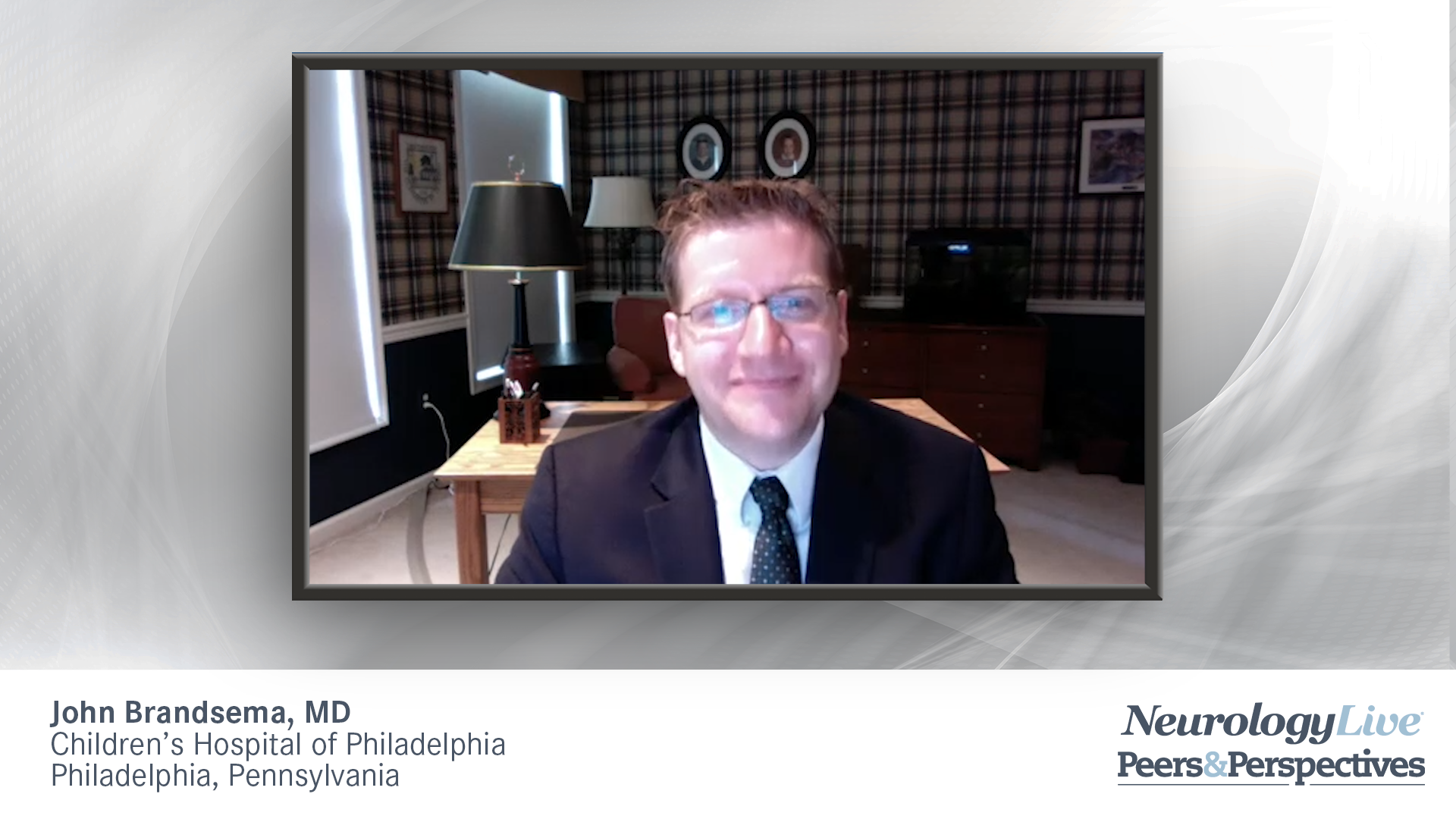
Managing SMA in Clinical Practice

Julie Parsons, MD, discusses the importance of a multidisciplinary team approach to managing SMA in clinical practice.
John Brandsema, MD: In your clinic, how have you seen these phenotypes start to shift a little in terms of how you approach these different aspects of SMA [spinal muscular atrophy] management?
Julie Parsons, MD: In terms of SMA management, we still have to consider all members of the multidisciplinary team to help evaluate each patient. We are still learning what the new phenotypes are like. As you said, they are very fluid, so patients who we never expected to be able to breathe on their own are maybe not needing the respiratory support that we thought, but we are still very cautious about monitoring their pulmonary function and nutrition. For patients who we may have initially said, “There is no way this patient is going to eat by mouth. We will put in a G-tube, [gastrostomy tube],” maybe they are not using the G-tube as much as they were before. I think, as you said, it is a fluid situation. Looking at the other end, frankly, there are patients we are surprised about who we are discovering now, who have high copy numbers—maybe 4 or 5—who really don’t have symptoms. We are following those patients closely as well, with physical examinations and electrophysiology and neurofunction studies to be able to try to define these new phenotypes.
I do agree with you that the whole multidisciplinary team still needs to care for these patients as we discover new issues. For instance, for us, our patients who have the old type 1 SMA—our patients with the most severe phenotype, those with 2 copy numbers—we never expected them to be up driving power chairs or going to school, for instance, and now they are able to do that. Patients who were treated who were symptomatic early on, who are now able to sit, they are using eye-gaze systems because perhaps they do not have great oral-motor function, and they are not as articulate. We are not able to understand them, but they are using eye gaze, or they are able to have enough motor strength that now they can use iPads to be able to communicate or be able to do schoolwork. These are things we did not really think about. Patients who we are treating very early on, who may still be ambulatory, interestingly—and I would be interested in what your experience is with this—may still be developing scoliosis. Why is that true? I think that seeing the patients and caring for them as we have in the past and being very proactive is critical at this point so that we understand what some of the new phenotypes are and the medical issues that are going to be displayed.
John Brandsema, MD: I think the old adage that “It takes a village,” to do this really is true in this case. We rely so much on our interdisciplinary care perspectives and working as a team to care for people living with SMA. Also, even in this era of hope, in terms of having these targeted treatments, the message to families is that you still need to maintain your relationship with us for life. We do not want people thinking that just because they have received a targeted intervention that they do not need all of these things to be monitored very vigilantly. We still see complications down the road, even when people respond well to these treatments initially. We need to be able to optimize life living with SMA as much as possible for everybody that we know is genetically confirmed to have the disease.
Julie Parsons, MD: I think there is a misconception, sometimes with care providers as well, particularly with the gene transfer therapy, that the disorder is cured, and that they no longer have spinal muscular atrophy. I think we need to be vigilant about saying that, “Although we have wonderful therapies available now, these really are disease-modifying therapies, and you still have the genetic disorder of spinal muscular atrophy.”
John Brandsema, MD: Thank you to the audience for watching this NeurologyLive® Peers & Perspectives®. If you enjoyed this content, please subscribe to our e-newsletters to receive upcoming programs and other great content right in your inbox. Thanks for watching and have a great day.
Transcript Edited for Clarity
Newsletter
Keep your finger on the pulse of neurology—subscribe to NeurologyLive for expert interviews, new data, and breakthrough treatment updates.































